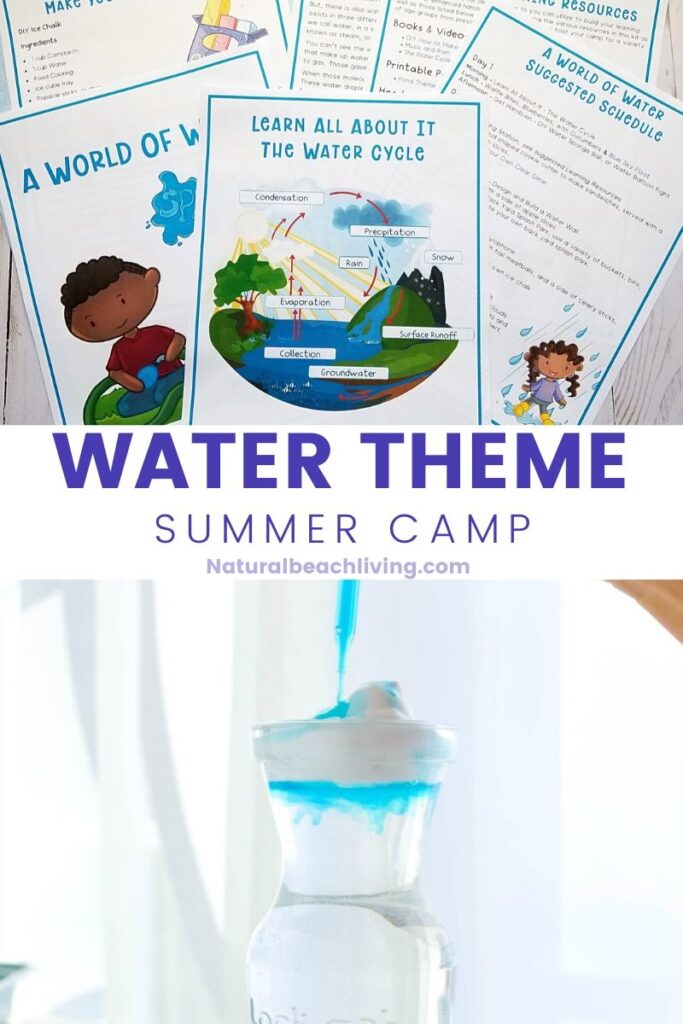The Water Cycle for Kindergarten Activities and Lessons Kids Love
This page is all about the water cycle for kindergarten and learning about the water cycle with children can be a lot of fun! It’s a great way to explain where water comes from and why conservation is important. You can also begin to talk about concepts like evaporation and precipitation with kids as early as kindergarten.
The Water Cycle for Kids
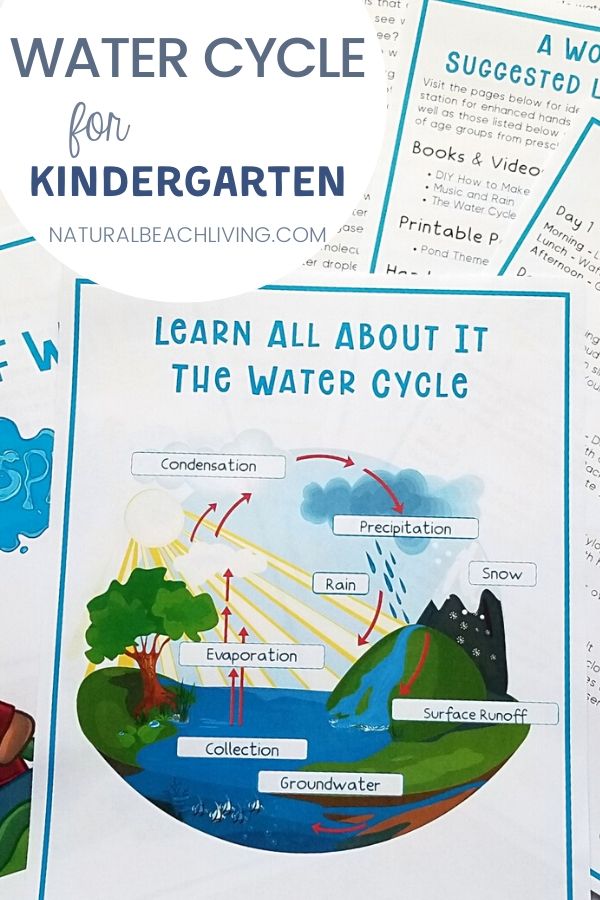
Water Cycle for Kindergarten
In this article, let’s explore water and some fun tips for teaching your kindergartners all about the water cycle. Keep reading for some helpful tips and fun activities you can use to get started teaching your children about the water cycle today.
How can you explain this scientific process to your children? Will they be able to understand the stages that comprise the water cycle?
How Do You Explain the Water Cycle to Kindergarten?
Water takes up over two thirds of our planet’s surface. It’s the most common substance on Earth and it’s essential for all life. In fact, it makes up two thirds of the human body too!
Even though we use water every day, there is a limited supply. So why don’t we run out?
The answer lies in understanding the water cycle and how it works. But how can we explain something so complex to kindergartners?
First, get kids started thinking about water and all the ways we use water every day. Kids can have fun drawing pictures of their favorite ways to enjoy water too. Some things children might draw include: swimming, playing in the bathtub, jumping in rain puddles, or even building a snowman! Then, you can explain how the water cycle makes all these things possible.
When we learned about the water cycle, we really enjoyed exploring Barbara Taylor’s non-fiction picture book Rivers and Oceans: Geography Facts and Experiments. The book has colorful illustrations coupled with easy to understand explanations young children can easily digest.
What are the 4 stages of the water cycle?
The water cycle can be separated into 4 different stages. At each stage, water changes and moves. It’s a great time to explain to your kindergartners that water (like all matter) can’t be created or destroyed, instead, it is constantly changing forms in a never ending cycle. We call this the law of conservation.
Evaporation
The first stage in the water cycle is called evaporation. During this stage, the heat from the sun causes water found in rivers, lakes, and oceans to turn from liquid to gas.
We often think about evaporation as the water disappears, but it’s important to teach kindergartners that water never truly disappears. Evaporated water is in the form of a gas and it collects in the sky to form clouds.
For some hands on experimentation with this stage of the water cycle, have children put water in a clear cup and mark the water line on the outside of the cup. Place the cup outside in a sunny spot for the day.
The next day, check to see if the water in your cup is at the same level. As long as it did not rain, you should notice that some of the water has evaporated.
Then, have kindergartners spend time spotting clouds in the sky. Talk about how each of the clouds was formed by evaporation. For fun, ask children how much water they think you would need for just one of the clouds in the sky. Their answers might surprise you!
Condensation
The second stage in the water cycle is called condensation. Condensation happens when the water vapor (gas) in the clouds becomes cold enough to form water droplets.
One really fun way to teach your kindergartners about condensation is to make ice cream floats! First, give each child a cup and a straw. Then, fill each cup halfway with cold soda or root beer. Next, add a scoop of vanilla ice cream to each cup.
After you’ve added the ice cream, have children watch in awe as the outside of the cup becomes wet with condensation that wasn’t visible before. Don’t wait too long to enjoy your special ice cream floats!
Explain: as the water droplets in this stage of the cycle condense, the cloud becomes heavier. Eventually, the water droplets fall from the clouds and the third stage of the water cycle begins.
Precipitation
The third stage in the water cycle is called precipitation. Unlike evaporation and condensation, most kindergartners are somewhat familiar with precipitation.
In this stage, water falls from the sky in various forms of precipitation:
- Rain
- Sleet
- Snow
- Hail
Collection
The final stage of the water cycle is often called the collection stage. At this stage, the precipitation that falls from the sky is gathered into oceans, lakes, rivers, and even the rain puddles our little ones love so much.
After water is collected into Earth’s rivers and lakes, the process begins again. The water cycle keeps repeating and it never ends!
To explore this stage of the water cycle with your kindergartner, just wait for a rainy day. Then, you can dress in your rain boots and have a great time splashing around in every puddle you can find.
I don’t know about you, but I spend a lot of time telling my kids not to step in puddles. As a result, a day spent traipsing through rain puddles is the perfect way to help kids remember the water cycle for a long time to come.
If you’d like to learn more about how to teach the water cycle, check out my tips for teaching the water cycle below.
Water Cycle Projects for Kids
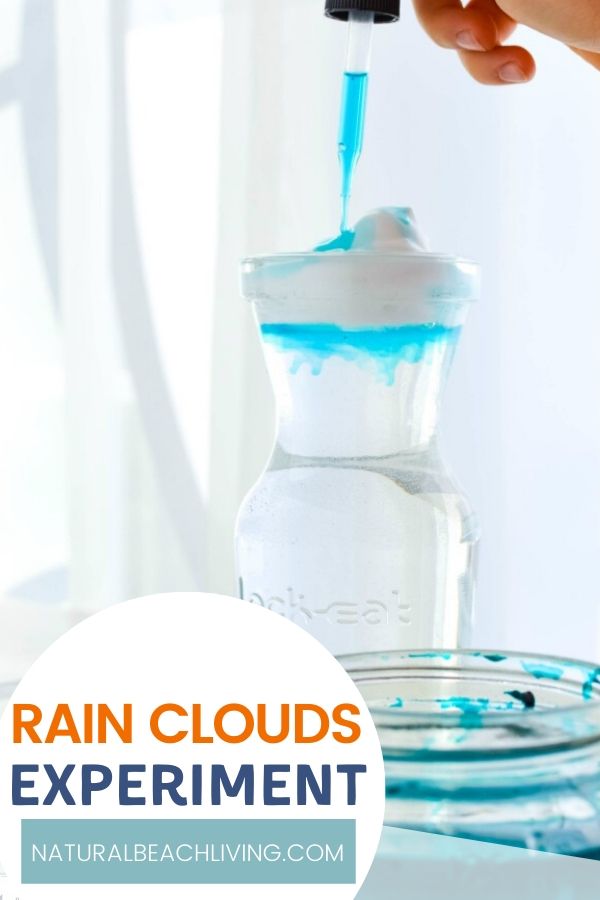
Tips for Teaching the Water Cycle:
I like to create lesson plans that incorporate many different styles of learning. Teaching in a way that touches on different modes of learning helps children with different strengths can excel at learning too.
Another benefit to teaching the water cycle in this way is that it reinforces the concepts in a variety of ways. By teaching the stages more than once in different ways, you can ensure that your children will process and internalize the information.
An easy way to touch on different learning styles is to incorporate music, movement, and creativity into your lesson about the water cycle.
Here are some more fun activities that are sure to engage all your little learners.
Movement Activities
Learn the Water Cycle Song Together
You can help your auditory learners remember the stages in the water cycle and how it works with Water Cycle Song from Have Fun Teaching.
For even more fun, get children out of their seats and make up your own cool dance moves to do as you sing together.
Dancing while you’re learning is a great way to promote physical activity in your students while increasing blood and oxygen flow to help children process thoughts and improve memorization skills.
Draw the Water Cycle
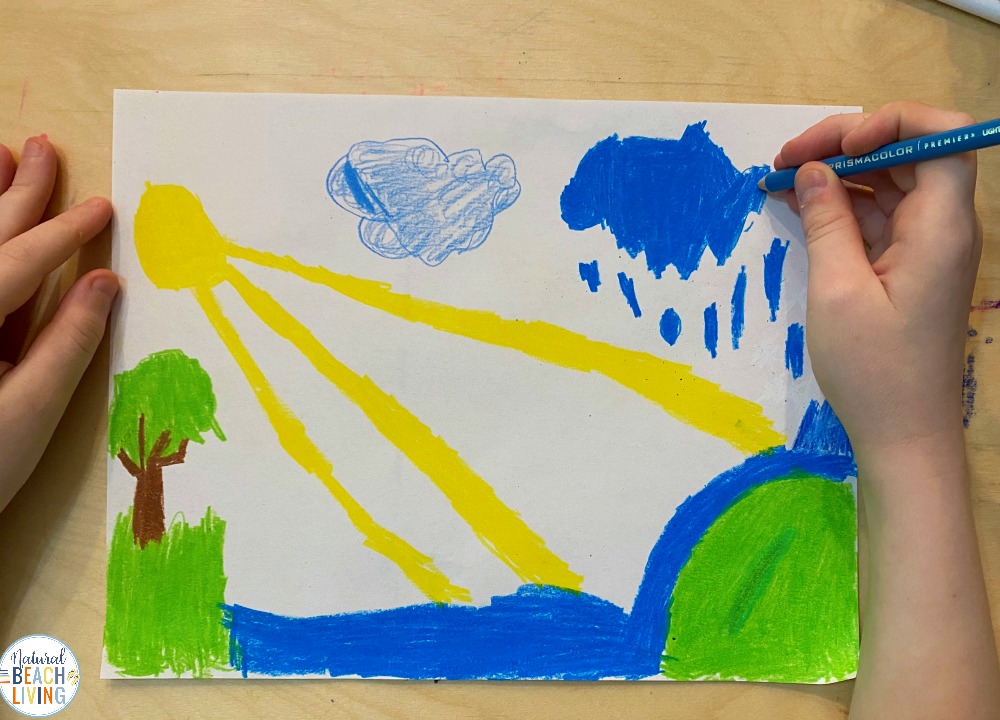
Work with your kindergartner to draw and label the 4 stages of the water cycle. Visual learners and Kinesthetic learners can benefit from putting colored pencils to paper with this fun activity.
Kids can also draw the water cycle on the board, notebook paper, or even a paper plate.
For extra learning fun, you can use a variety of materials to create a 3d water cycle model inside a recycled box. It’s a great way to use recycled materials like an Amazon box to good use!
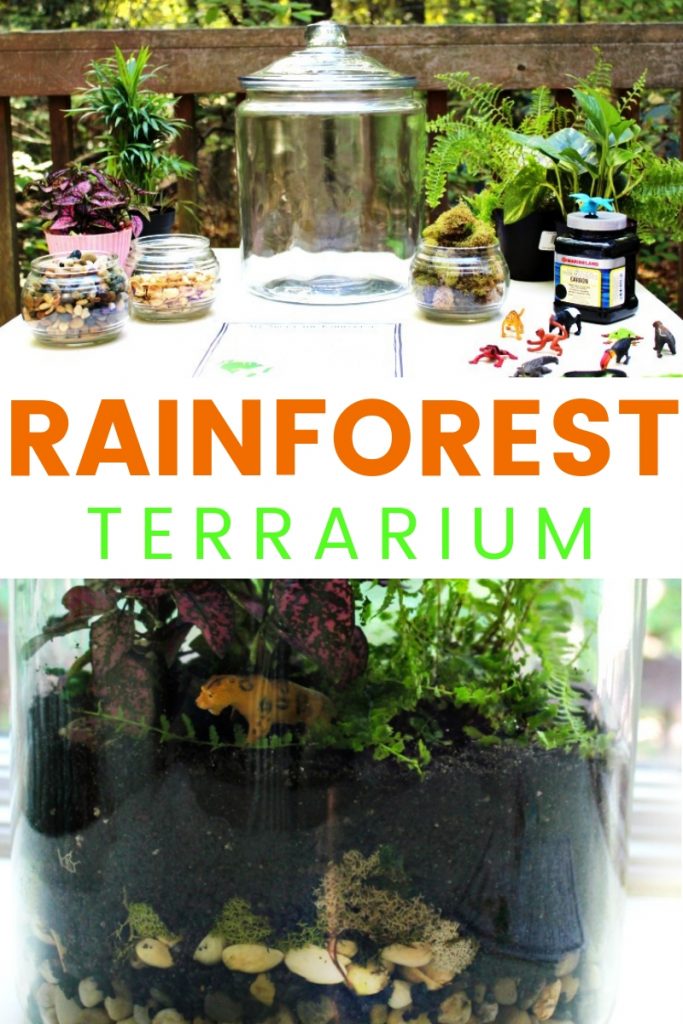
Build a Miniature Terrarium
Kinesthetic learners tend to learn best with hands-on activities. For these kids, it’s important to use their hands to learn about the water cycle.
You can teach kinesthetic learners about the real meaning of the water cycle by creating your very own miniature terrarium. A terrarium is a closed environment that demonstrates the water cycle every day.
Your miniature terrarium can sustain itself after having been watered very little. It’s a fascinating real-life way to teach kids about the water cycle. If you click over to this RAINFOREST TERRARIUM you’ll find the full directions with step by step pictures and information.
To create your own follow these steps:
- Fill the bottom of a glass jar with rocks or pebbles ½ to 2 inches deep. You can use a recycled pasta sauce jar, a mason jar, or a larger glass vase with a tight-fitting lid. Remember, the depth of your rock layer depends on the size of your jar, so use more rocks for a larger jar.
- Cover the rocks with a layer of activated charcoal. Why charcoal? It helps reduce bacteria and fungus that might threaten the life of the plants you’ll grow in your terrarium.
- Next, add soil. Remember, the type of plant you choose may need a certain type of soil to grow well. How much soil should you add? Enough for the plant to have room to grow, but not so much that it won’t fit in your jar.
- Then, dig out a space for your plant and add your plant to the jar. Try to keep your plant away from the edges of the jar as much as possible.
- Finally, give your plant a little water. Remember, your terrarium is not a house plant and it does not need to be soaked with water. Just a little water is enough to kick off the water cycle process. Seal the jar and watch the water cycle begin to cultivate your little world.
- Don’t forget to clean off any debris from the outside of your terrarium jar, so that you and your children can see and enjoy the amazing processes happening inside.
Your kids can help you to build the terrarium as much as they are able. They will enjoy seeing the water cycle in action for months and even years to come!
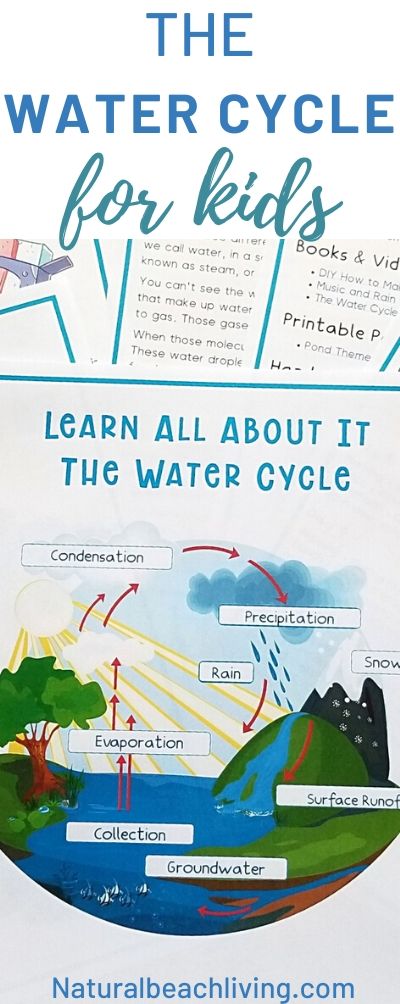
Field Trip to the Local Water Treatment Plant
Another great way to teach children about the water cycle is by helping them to understand why it’s important and how it affects our daily lives. One way to show your kindergartners the effects of the water cycle is by taking a field trip to your local water treatment facility.
Many water treatment facilities are happy to set up tours for students. Some also provide learning materials and presentations to help teach your children about the water cycle and the processes we use to provide clean water for drinking in our cities.
A field trip to a water treatment plant is also an excellent way to introduce children to the concept of water conservation and explain why it’s important to care for and conserve our water supply.
I can’t wait to hear all about how you’re teaching your kids about the water cycle. Don’t forget to share your own helpful water cycle teaching tips in the comments below.
Do you have a favorite activity or book for learning more about the water cycle with young children? I’d love to read about it in the comment section.
Have fun learning about science through nature as you explore the water cycle with your kids!
Studies have shown that you will also love the following ideas if you like them. I have pulled them together for you right here!
Water Theme Summer Camp
